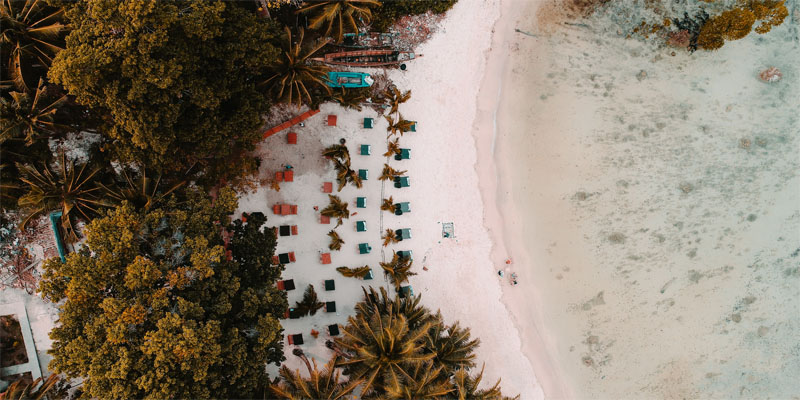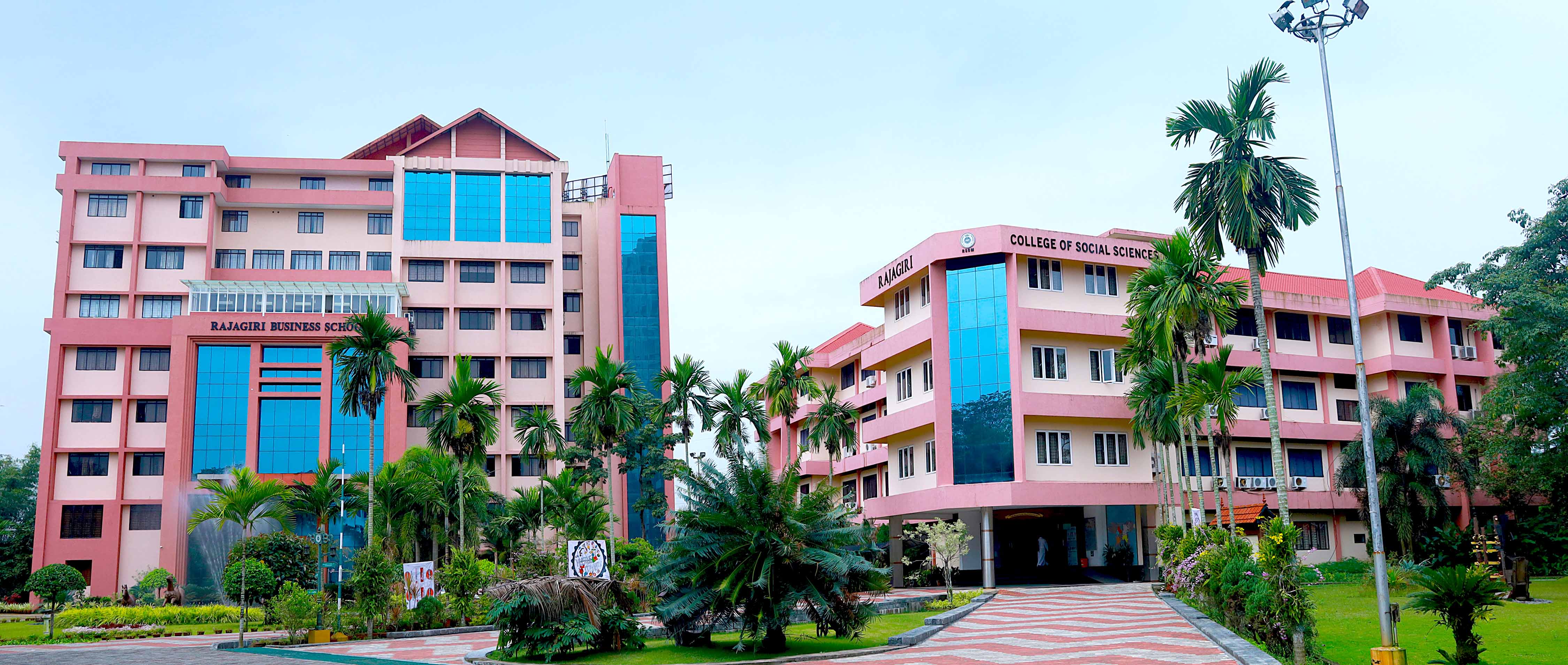Heaven Beyond the Sea: A Journey Through the Andaman and Nicobar Islands

Editor: Thulasi Jayaprakash
Ever since watching Priyadarshan's remarkable movie of Govardhan's journey to Kalapani I had been dreaming of going to this magical place. The Andaman and Nicobar Islands hold unforgettable memories of the Indian independence movement and the British rule. I wanted to travel by ship from Kochi to Andaman but the length of the journey made me opt for air travel. That is how I landed at Veer Savarkar International Airport at Port Blair, the capital of the Andaman & Nicobar Islands.
The Andaman and Nicobar Islands are a group of 572 small islands in the Bay of Bengal. Declared a Union Territory of India on November 1, 1956, the area has a population of about 3.5 million and is now divided into three districts. The Andaman and Nicobar Islands are not only the historical site of British colonial rule but also home to rich biodiversity and natural resources.
Our first trip was to 'Mundapahar' beach in the South Andaman Forest Division and the adjoining trekking route. There were large wooden seats and small huts on the beach to relax. We then took the trekking route which started from that shore. The sight of the formidable was indeed a fearful one, but some unexpected surprises beyond every turn made the trip unforgettable. The journey ended on the other side of the island. On the way back in the afternoon, the drinking water we had with us helped us to keep our appetite at bay.
Our next trip was to the Cellular Jail, a place that will never be forgotten in the history of India's freedom struggle. The prison, built by the British in 1896 and completed in 1906, has a total of 693 cells. It was once known as the largest prison in Asia. The prison was also known as "Kalapani" for its detention of freedom fighters who had been deported from India. The area was surrounded by water so no one could escape from there. History has it that during the Second World War in 1942, Japanese soldiers imprisoned the same British soldiers in jail, which was set up by the British Army to imprison Indian freedom fighters. The soil where the blood of many patriots has fallen remains as dark memories in the history of India’s struggle for independence.
Today, the prison is a National Heritage Site. That is why there are a lot of visitors. The light and sound show, which reminds us of the historical significance of the prison, is also impressive. The colonial building has three floors, starting from the central observation tower and rising to the same size on all seven sides. When viewed from the top of the observation tower, 693 cells were clearly visible. From there the prisoners were addressed. Most of the prison is still kept intact, and the prison walls are decorated with the portraits of freedom fighters. There is also a library. To the left of Kalapani's entrance, a lamp that never goes out is still burning. None of the visitors can climb the steps of the jail without blinking their eyes at the light of the lamp that reminds them of the patriots who lived there and died there in their fight for freedom.
Our next trip was to Netaji Subhash Chandra Bose Island. Formerly known as Rose Island, the island was renamed in December 2018 by the then Prime Minister of India Shri Narendra Modi. Ross Island was the centre of colonial luxury and British rule. Here you can see the remains of the Commissioner's bungalow, the cathedral and the British Club, which were destroyed by the Japanese bombing of World War II, the 1941 earthquake, and the 2004 tsunami. The area, which had been occupied by the Japanese Army in 1942, was recaptured in 1945.
Prior permission must be obtained to visit Jolly Buoy Island, as only a limited number of people are allowed on this island which guarantees crystal clear water. Coral Island is also part of the protected Mahatma Gandhi Marine National Park. Traveling in glass boats can help you discover the beauty of the rare coral reefs and learn about the colourful fish that inhabit these waters. There are also facilities for scuba diving and snowboarding. A few days back I heard stories of foreign mafias crossing the seas to acquire these precious corals. Jolly Buoy Island is a place that one cannot afford to miss in the Andaman and Nicobar Islands.
We woke up the next morning and set out to see the Limestone Cave in the Baratang Forest Division. To reach Baratang, one has to travel a long way through the Jirkatang Reserve Forest. Although the road was named 'National Highway-Four', the condition of the road was worse than that of a country road in Kerala. The Jirkathang Reserve Forest is also home to 250 to 400 inhabitants of the Jarawa tribe. They may sometimes appear on the road, but contact with them is prohibited by law. That’s why the vehicles are allowed to move as a convoy. Convoys are allowed to travel only four times a day. Vehicles should not be parked or overtaken during the journey. There is a strict ban on photography and on the use of plastic throughout the rainforest. Barathang can be reached only after completing various vehicle checks all along the journey. The prayer to see at least one Jarawa and the coolness of the rainforest did not remind us of the passing of time. From Barathang, you have to travel in a huge junkar and then take a speed boat through the mangrove trees and get off the boat and walk for1.5 km to reach the Limestone Cave. The speed boat ride through the mangroves is unforgettable. We arrived back in Port Blair very late that day.
The Chatham saw mill established in 1883, the Anthropological Museum and the Fisheries Museum all commemorate the richness and potential of the Andaman and Nicobar Islands community. Strict adherence to forestry, maritime and tribal laws ensure that no violations occur during the trip. The months from December to March are the ideal time to visit these islands. Although the official languages are English and Hindi; Bengali, Tamil, Telugu, Malayalam, Nicobaris, Kurukh, Munda and Kharia are also widely spoken.
In his book The Kite Runner, Khalid Husseini reminds us that the eyes are windows to the soul. That is why no visitor can easily forget the sights of the Andaman and Nicobar that lights up the soul.
 Founded by the Congregation of CMI
Founded by the Congregation of CMI Discover RCBS
Discover RCBS More than a college, we are a family
More than a college, we are a family Education for the Heart & the Mind
Education for the Heart & the Mind Education for the Heart & the Mind
Education for the Heart & the Mind Immersive Learning Experience
Immersive Learning Experience A dream career takes flight.
A dream career takes flight. Relentlessly towards Excellence
Relentlessly towards Excellence


